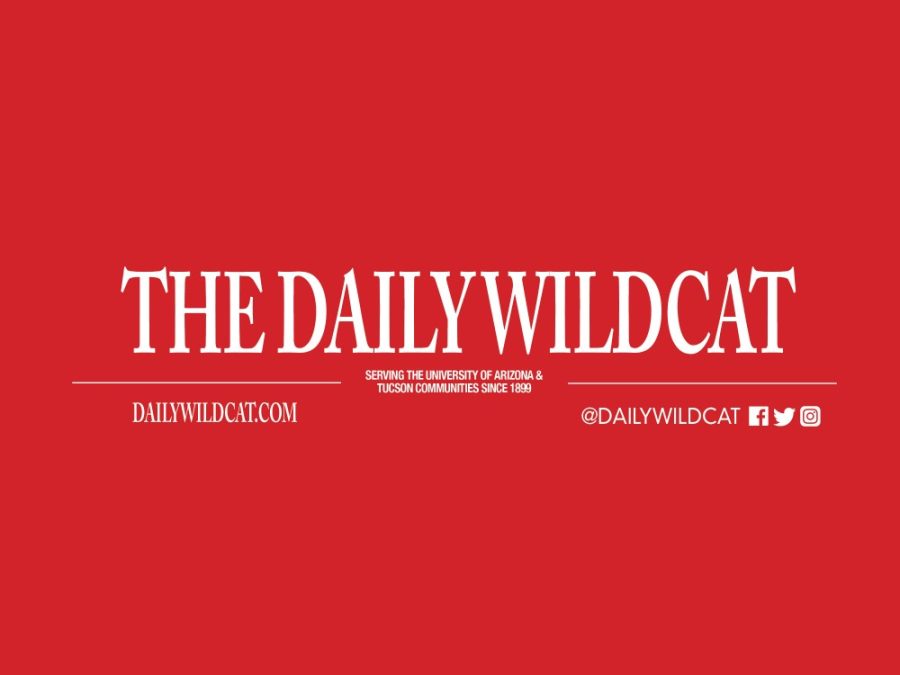Over the past several years, UA students have experienced the hardships of increasing tuition. The increases have been characterized not only as necessary, but also a long time coming.
UA President Robert Shelton has claimed that recent and future tuition increases will place UA tuition in line with our peer universities. Our tuition rates have been traditionally lower than our peers’, but so has the quality of education. The term “”peer university”” suggests a comparable level of academic prestige and quality of education, but a close look at the “”ABOR-approved university peer list”” casts doubt on ABOR’s definition of “”peer.””
The gap between the UA and its “”peer”” universities presents a catch-22 for the impending tuition increases. It’s hard to justify comparable tuition levels when the value of a UA degree is still less than that of a peer university. However, the only way for the UA to improve — or even maintain — its ranking is to increase revenue to bridge the budget shortfalls.
The differences between UA and some of its peer universities are more than just rankings and numbers. The response by both students and student representatives to tuition increases at the UA has been much more docile.
Last November, students across California protested tuition increases by staging lock-ins at their respective universities, including peers UC Berkeley, UC Davis and UCLA. Taking over campus buildings, considered trespassing by authorities, was a united protest by UC students demonstrating their unwavering opposition to tuition increases. According to a CNN article, nearly 100 protesters were arrested over a two-day span.
Student participation at Monday’s ABOR Tuition Hearing has been referred to as a protest, but the event was nothing more than an effort to placate students. Arizona’s budget crisis has already reaped great harm on the UA, making the tuition increases a virtual inevitability. ABOR, which pursues “”leadership in higher education,”” is not going to vote down the tuition increases for fear of crippling the UA, no matter what input was given.
Student representatives, including ASUA President Chris Nagata, voiced their dismay and condemnation of the Arizona state legislature for reneging on its commitment to affordable higher education, but they failed to take a stand and express strict disapproval for the proposals.
Tuition increases may be vital to maintain quality universities, but the decision to reluctantly give support through student representatives negates the sentiments of thousands of students across Arizona.
The tuition hearing, which could be described as a procedural formality, was the perfect opportunity for student representatives to express Arizona student views with the utmost candor.
Instead, the responses appeared to be less than passionate politicking. The chance to be more like our peers in California was not in the form of a lock-in, but in an impassioned refusal to support the proposed increases. Though the UA is in dire need of additional revenue, the transformation of students into Arizona’s financial windfall is a precedent undeserving of reluctant acceptance.
—Dan Sotelo is a political science senior.
He can be reached at letters@wildcat.arizona.edu.








